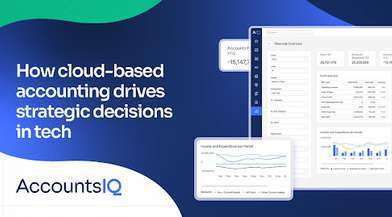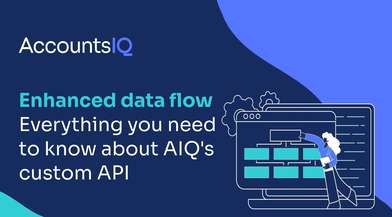
Finance teams today are responsible for significant amounts of data, and a large number of financial processes and procedures. They are required to move at lightning speed, but frequently lack the resources to provide the requisite insight and true value into the business. The reasons listed below are all factors and the good news is there are ways to overcome each of them.
1. They are yet to advance from Excel
Excel spreadsheets are to cloud-accounting what bicycles are to Ferraris. There are some similarities (they will both get you from A to B), but good luck racing the Ferrari on your bike!
The problem: Exporting reports from Excel can cause an array of issues. You have to spend copious amounts of time filtering and manually manipulating the data to create the insight you need. A lot of time and effort is required, and is it really the most effective use of time? Your data can be plagued with discrepancies when you are unable to tie things back to the original data which often ends in importing/exporting data again and again and rework. The answer: With a cloud-accounting solution like AccountsIQ, you can easily segment data and report on it by applying fields to journals and transactions. Reports can be customised easily, giving you real time multi-dimensional insights on your business, at the click of a button.
2. Unclear or non-existent operating metrics
If you don’t have adequate reporting across your business operations, you can’t see potential problems looming.
The problem: many finance teams manually enter data from different systems which is hugely time-consuming and the risk of human error is high. The answer: merge finance and sales system data onto one platform or merge financial and operating metrics by integrating data from 3rd party systems. This helps to ensure that data is up-to-date and is one reliable source of the truth.
3. Inability to implement robust governance procedures
If your current system is antiquated and lacks controls, you risk missing information, inaccurate data and even fraudulent transactions.
The problem: the current system is missing transaction and journal approvals and you’re unable to customise processing rules and validation. Paper-based approval systems are likely to be used and the integrity of data is at risk. The answer: Introduce a system that is capable of approval processes ranging from supplier bank details to purchase orders. Also, configure validation so that certain tasks require mandatory data inputs.
4. Closing the books takes longer than it should
Closing month end can take a long time, especially if you let a mess build up, which leads to a bigger problem to tackle in the end. Automation is a useful and important way of keeping on top of things on a timely basis.
The problem: due to a lack of proper governance and controls, closing month end can take weeks, because of the manual re-entering of data and various systems employed. By which time problems could be created a long time before they are detected in the monthly reports. The answer: introduce processing rules and automate data entry to reduce both time spent and human error, allowing the books to be closed at a much quicker rate.
5. It’s not obvious where they are losing money
The margins on your products and services should enable you to make a decent profit, but the P&L is telling you differently. You’ve spent hours in Excel and gone through the paper approvals and invoices but you’re still none the wiser.
The problem: the basic reporting and lack of controls in the system mean you don’t know where you’re losing money. The answer: the introduction of controls and better reporting and analysis options will enable you to pinpoint where improvements need to be made, potentially providing an instant ROI.
6. Closing period delayed by too many manual journals
Both Month-End and Year-End can be an arduous and risky time, especially with journals being entered manually under pressure of time by staff when trying to close the period out.
The problem: the long list of journal postings e.g. depreciation, accruals, prepayments etc are not automated. The answer: introduce automation where possible and reduce any manual interventions. Set up the new system to reduce any human interaction to process manual tasks – these can be set up on the originating transactions and journals and then be automated in the background.
7. Limited knowledge of technology solutions
If you’ve put up with basic solutions for a long time, you may be unaware there are now better technology options available to help you complete tasks more easily.
The problem: system issues are known, but there is a lack of knowledge of the new solutions available, how they work or the benefits that they bring. The answer: Do your research. There are a number of systems that can provide solutions to the pain points and issues you are currently experiencing.
AccountsIQ financial management software simplifies the capture, process and reporting of financial data across multiple locations. Our software improves productivity, streamlines processes and gives finance teams greater business insight. Through our Open API, AccountsIQ is easily integrated with other Cloud systems such as OCR software, CRM software and EPOS systems.
Further information
Read more about the accounting challenges facing the profession or download our Digital Transformation series of whitepapers to help you work out how to improve efficiency and introduce automation into your finance function.
Learn More
Contact us directly for a quote or demo of our software, or talk to our implementation partner ION, who are specialists in financial transformation and work with you to set up key financial processes and implement and customise AccountsIQ software to suit the needs of your business.


